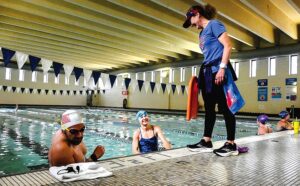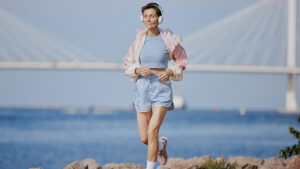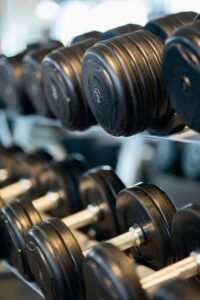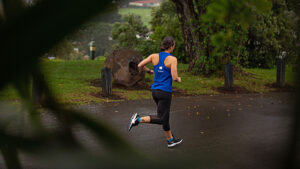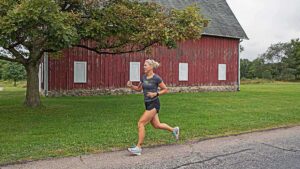
The Benefits of Lactate Testing for Endurance Athletes
If you’re putting in the work, chasing performance gains, or just want to make sure your training is actually moving you forward, lactate testing is one of the best tools you can use. I’ve been using it in my own training and now offer it to both coached and non-coached athletes who are data-driven and want to train with intention.

